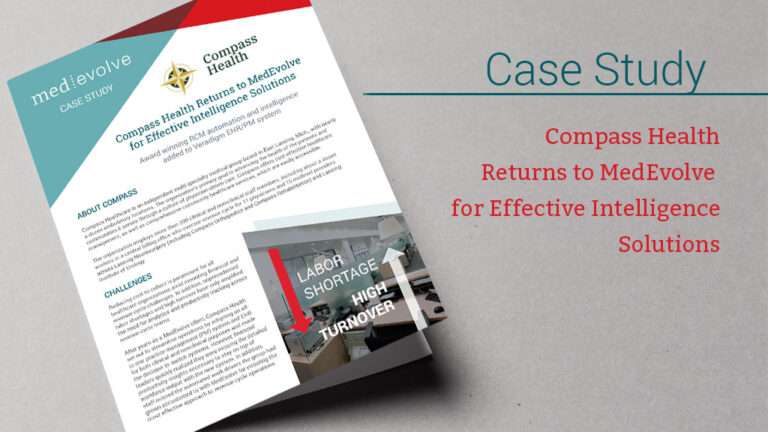Definition and general process
In healthcare, the revenue cycle refers to the process of generating revenue for healthcare providers such as hospitals, clinics, and medical practices. It involves the steps taken to capture, bill, and collect payment for healthcare services provided to patients. The revenue cycle in healthcare can be complex due to the involvement of insurance companies, government programs, and regulatory requirements.
Key stages of the process
Patient Registration
The revenue cycle begins when a patient seeks healthcare services and registers at a healthcare facility. During this stage, the patient’s personal and insurance information is collected, and a unique identifier, such as a medical record number, is assigned.
Eligibility Verification
Healthcare providers verify the patient’s insurance coverage and eligibility for specific services. This step involves checking insurance details, policy limitations, pre-authorization requirements, and any patient financial responsibilities such as deductibles or co-payments.
Service Delivery
The healthcare services are provided to the patient, which can include consultations, diagnostic tests, procedures, treatments, or hospital stays. The documentation of services provided, such as medical coding and clinical documentation, is crucial for accurate billing.
Coding and Charge Capture
Healthcare professionals assign specific codes to the services rendered, typically using standardized code sets such as ICD (International Classification of Diseases) and CPT (Current Procedural Terminology) codes. These codes reflect the diagnosis, procedures, and services provided, and they form the basis for billing and reimbursement.
Claims Submission
After coding, the healthcare provider submits claims to the insurance companies or government payers. The claims include detailed information about the patient, services provided, and associated codes. Electronic submission is now common, which expedites the process.
Adjudication and Payment
Insurance companies or government payers review the claims and determine the reimbursement amount based on the coverage, contracts, and medical necessity. This process is known as claims adjudication. Once approved, the payer issues payment to the healthcare provider.
Patient Billing and Collection
If there is a patient financial responsibility component, such as deductibles, co-payments, or services not covered by insurance, the healthcare provider generates a patient bill. The bill is sent to the patient, and the provider may engage in follow-up activities to collect payment, such as sending statements, negotiating payment plans, or working with collection agencies if necessary.
Revenue Reconciliation and Reporting
Healthcare providers reconcile the payments received with the billed services, ensuring accuracy, and identifying any discrepancies. They also track and analyze revenue cycle performance, generate financial reports, and monitor key performance indicators to assess the overall financial health of the organization.
It’s important to note that the revenue cycle in healthcare is influenced by various factors, including the type of healthcare setting (hospital, clinic, etc.), insurance policies, reimbursement models, and regulatory compliance requirements.









